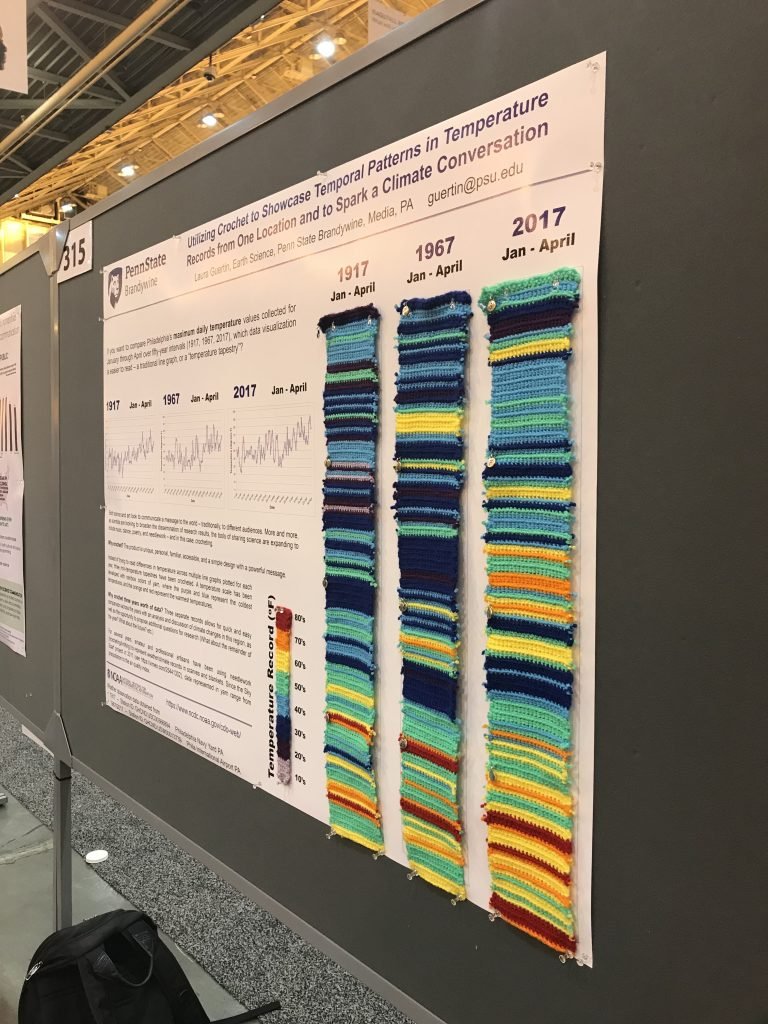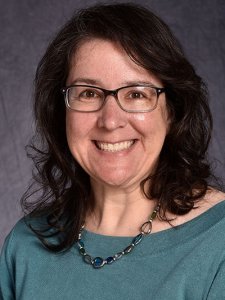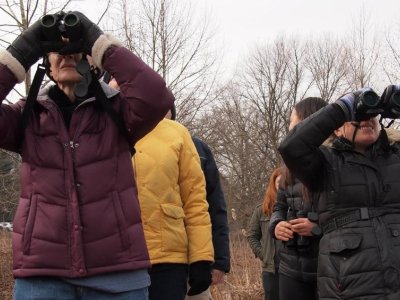Scientists are continually expanding the ways in which we share our scientific process and results. In the past, peer-reviewed journal articles were written by scientists, for scientists. Now, these same journal articles are seeing additional features added to broaden the reach of the research outcomes, from plain-language summaries to video abstracts. Yet are these audiences from a non-science background logging in to websites to scan through the table of contents of scientific journals? Although we have benefitted from public confidence in scientists for decades, and that across the globe scientists and their research are viewed in a positive light, we still are challenged to effectively communicate not just the “what” of our research but “why” it matters to science and society as a whole. We need to find new and innovative opportunities for outreach and engagement.

The intersections of science and art provide opportunities to open the doors for science conversations with new and existing audiences. It also provides opportunities to broaden who can tell the stories of science. For example, Jill Pelto, who has degrees in earth science and art, has a career as a climate change artist and uses scientific data as the basis of her pieces. Diane Burko is an artist that has joined research expeditions from glaciers to coral reefs and has created exhibitions on art and science perspectives on climate change. I have been using my science background and my own needlework skills to engage audiences in learning about climate science and solutions.
In 2017, I started crocheting temperature data over time. I was not the first person to use yarn and a crochet hook to represent scientific data – the Sky Scarf Project and Tempestry Project were already established and had many participants. But the products I created were specifically targeted to share with non-scientists and to be used as an education tool. I presented on how I used crocheted temperature data at the 2017 American Geophysical Union Fall Meeting and found that I had the most poster traffic I had ever received at an AGU meeting! (It was also the first time I had ever displayed yarn on a conference poster.)

In 2018, I started using quilts to tell scientific stories and to communicate climate solutions. I quickly realized that a hanging quilt was an incredible visual draw for scientists and non-scientists alike. Originally, I hadn’t thought about the connection we each have to a quilt or blanket – there’s our favorite one from when we were a child, one that a grandmother or relative made, etc. When I started hanging my science-themed quilts on campus and on the front door of my own house, people would pause to not only look at the quilt but to share their own stories about quilts/blankets in their lives. One exciting outcome is that people have taken photos of the quilts and shared the photo, as well as the science story behind the quilt, with others, furthering the reach of the science communication.
In 2021, I created mini quilts, each one representing a Project Drawdown sector for climate solutions. As the pandemic has temporarily halted public speaking events and prevented me from bringing the quilts to venues for others to view, I have been hanging one of the quilts and taping science information I have printed out to the front door of my house each month to explain the sector and actions individuals can take. This has been a new way for me to engage in science communication (at least with those in my neighborhood!).
For those that don’t live in my neighborhood and walk by the front of my house, I have also created a virtual gallery of these “Drawing Down Towards Climate Solutions” quilts.
Climate scientist Dr. Katharine Hayhoe tells us in her TED Talk that The most important thing you can do to fight climate change: talk about it. Drs. Ayana Johnson and Katharine Wilkinson have edited the anthology All We Can Save – Truth, Courage, and Solutions for the Climate Crisis to share essays authored by 60 women on solutions in the climate movement. We all have our own talents and skills in sharing our science with audiences, through more traditional methods of speaking and writing, or yes, even through conversations around climate science-themed quilts.





